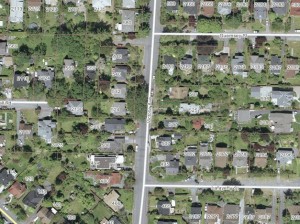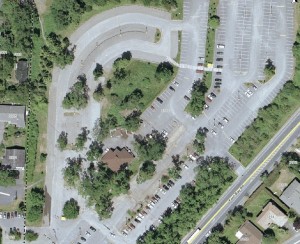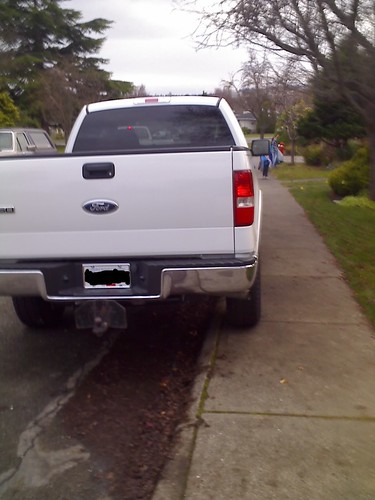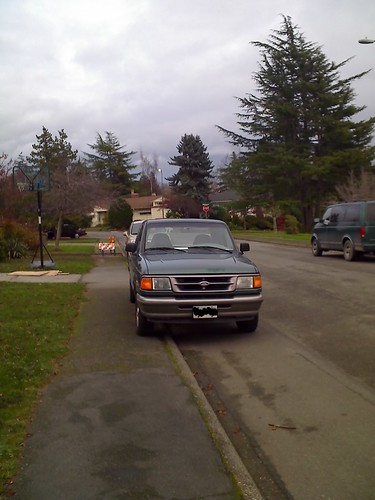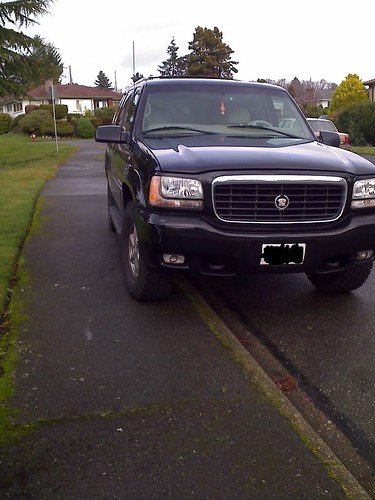There is a minor little stink going on in downtown Victoria over a recent crackdown on jaywalking. The Downtown Victoria Business Association is quite annoyed, feeling it will drive people out of downtown. Jack Knox quite correctly points out that ICBC, who funds this work, and the writing of tickets themselves makes lots of money for the municipalities. Jaywalking, as defined by Wikipedia is:
an informal term used to refer to illegal or reckless pedestrian crossing of a roadway
The core concept behind jaywalking as a crime is that there needs to be separate spaces for cars, pedestrians, bikes, etc. All well and good, until you realize that one of the areas they targeted for enforcement was Government Street. For reference, a picture of Gov’t St: 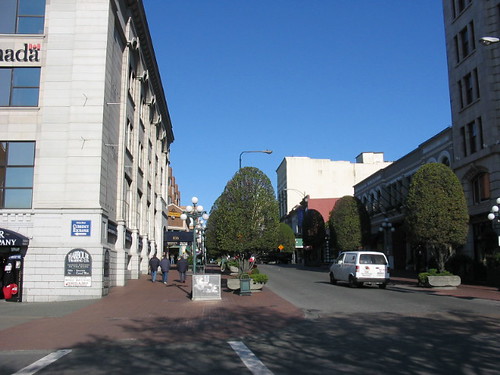
It didn’t always used to look like this. Until a reconstruction in the 20th century, Government St. was a four lane road like Douglas St.:

The Government Street of today is about as close to a pedestrianized street as you can get without actually closing it to cars. If they lowered the speed limit to 7km/h, it would easily classify as a woonerf, or living street. The whole point of these types of streets is that various travel modes, especially pedestrians, are supposed to mix.
But beyond Government Street, I disagree with ticking for jaywalking in general. The term was only invented by auto-owners, tired of people walking all over the streets and blocking their cars. So they decided that if only they could confine pedestrians to the sidewalks. It has worked well, as can be seen on Oak Bay Avenue: From a pedestrians perspective, most of the road is unusable, coloured red. Only the narrow strips of the sidewalks are clear green, with crosswalks in yellow:  Yet from the car’s perspective, the world is very very green:
Yet from the car’s perspective, the world is very very green: 
(Aerial photo from CRD’s Natural Areas Atlas, colour added by me)
It all boils down to what sort of city we want to live in. If we want one where cars keep pedestrians penned up on sidewalks, by all means, enforcing the rules around jaywalking is a great idea. But if we want a city that celebrates walking, we need to tame the car, not punish pedestrians for daring to try and take back space which should be theirs.



